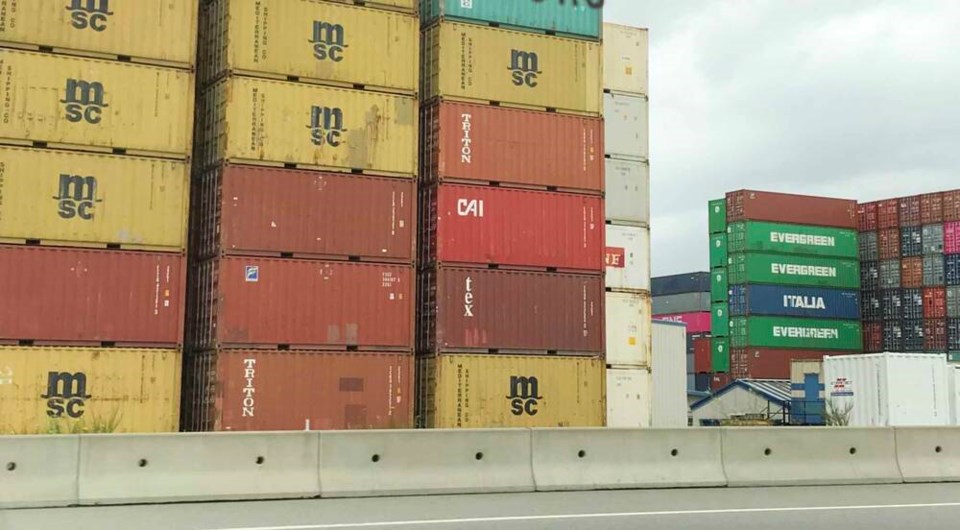A call for the city to improve infrastructure in its industrial areas will be discussed at an upcoming meeting of Delta council.
The motion put forward last month by Coun. Jennifer Johal notes industrial zones, particularly Tilbury and Annacis Island, are integral to the economic vitality of the city, contributing significantly to municipal revenues through taxes.
Their workforce rely heavily on accessible and safe infrastructure including crosswalks, sidewalks and transit amenities, said Johal.
However, such infrastructure has not always kept pace with growth and activity levels, she said, asking council to direct staff to assess the current infrastructure in those industrial areas.
Johal is also asking for potential funding sources to be explored including grants and partnerships, as well as a dedicated infrastructure line item for those areas in the next operating budget.
A recent letter to council by Delta Chamber of Commerce board chair Ben Martin urges the city to invest a portion of its surplus into infrastructure upgrades for the Tilbury, Annacis Island and Boundary Bay Airport areas, noting the lack of basic infrastructures poses real challenges.
Saying more than half the city’s tax revenues comes from the industrial areas, Martin requested the city focus on roads improvements, sidewalks and proper transit shelters.
A Delta staff response notes that in recent years, the city has made strategic transportation investments in the Tilbury and Annacis industrial areas, including more than $5 million in sidewalk expansion and cycling network enhancements.
A new industrial bus shelter program was also introduced, with $200,000 allocated for the installation of shelters at five locations across Annacis and Tilbury this year.
“Looking ahead, the city is actively engaged in a comprehensive 2026 to 2030 budget planning process. As part of this effort, a series of road improvements, sidewalk installations, and bus shelter enhancements will be brought forward for council’s consideration to support the growing infrastructure and transportation needs of both residents and businesses,” a staff memo explains.



